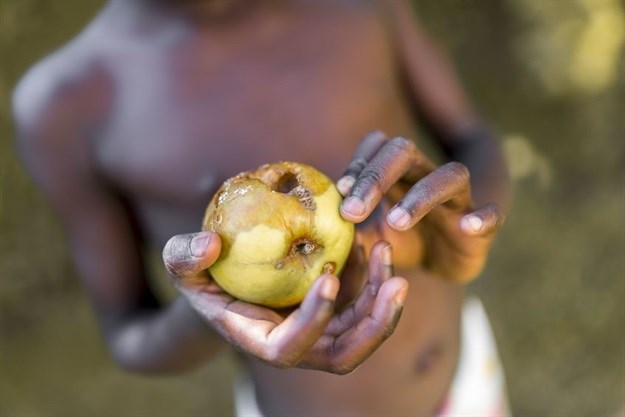The World Health Organization has released its first global estimates of foodborne diseases, which finds that Africa is estimated to have the highest burden of foodborne diseases per population and that children under five account for 30% of deaths, though they are only 9% of the global population.
Only a fraction of the people who become sick from food they have eaten seek medical care and only a fraction of those cases are recognised as having been caused by a hazard in food, treated accordingly, reported to public health authorities and recorded in official disease statistics.
The Estimates of the Global Burden of Foodborne Diseases report identifies 31 agents-bacteria, viruses, parasites, toxins and chemicals and states that each year as many as 600 million, or almost 1 in 10 people in the world, fall ill after consuming contaminated food. Of these, 420 000 people die, including 125 000 children under the age of five years.
"Until now, estimates of foodborne diseases were vague and imprecise. This concealed the true human costs of contaminated food. This report sets the record straight," says Dr Margaret Chan, Director-General of WHO. "Knowing which foodborne pathogens are causing the biggest problems in which parts of the world can generate targeted action by the public, governments and the food industry."
While the burden of foodborne diseases is a public health concern globally, the WHO African and South-East Asia Regions have the highest incidence and highest death rates, including among children under the age of five years.
"These estimates are the result of a decade of work, including input from more than 100 experts from around the world. They are conservative, and more needs to be done to improve the availability of data on the burden of foodborne diseases. But based on what we know now, it is apparent that the global burden of foodborne diseases is considerable, affecting people all over the world-particularly children under five years of age and people in low-income areas," says Dr Kazuaki Miyagishima, Director of WHO's Department of Food Safety and Zoonoses.
Diarrhoea causes half the deaths
Diarrhoeal diseases are responsible for more than half of the global burden of foodborne diseases, causing 550 million people to fall ill and 230 000 deaths every year. Children are at particular risk of foodborne diarrhoeal diseases, with 220 million falling ill and 96 000 dying every year. Diarrhoea is often caused by eating raw or undercooked meat, eggs, fresh produce and dairy products contaminated by norovirus, Campylobacter, non-typhoidal Salmonella and pathogenic E. coli.
Other major contributors to the global burden of foodborne diseases are typhoid fever, hepatitis A, Taenia solium (a tapeworm), and aflatoxin (produced by mould on grain that is stored inappropriately). Certain diseases, such as those caused by non-typhoidal Salmonella, are a public health concern across all regions of the world, in high- and low-income countries alike. Other diseases, such as typhoid fever, foodborne cholera, and those caused by pathogenic E. coli, are much more common to low-income countries, while Campylobacter is an important pathogen in high-income countries.
The risk of foodborne diseases is most severe in low- and middle-income countries, linked to preparing food with unsafe water; poor hygiene and inadequate conditions in food production and storage; lower levels of literacy and education; and insufficient food safety legislation or implementation of such legislation.
Foodborne diseases can cause short-term symptoms, such as nausea, vomiting and diarrhoea (commonly referred to as food poisoning), but can also cause longer-term illnesses, such as cancer, kidney or liver failure, brain and neural disorders. These diseases may be more serious in children, pregnant women, and those who are older or have a weakened immune system. Children who survive some of the more serious foodborne diseases may suffer from delayed physical and mental development, impacting their quality of life permanently.
Food safety is a shared responsibility, says WHO. The report's findings underscore the global threat posed by foodborne diseases and reinforce the need for governments, the food industry and individuals to do more to make food safe and prevent foodborne diseases. There remains a significant need for education and training on the prevention of foodborne diseases among food producers, suppliers, handlers and the public. WHO is working closely with national governments to help set and implement food safety strategies and policies that will in turn have a positive impact on the safety of food in the global marketplace.





































